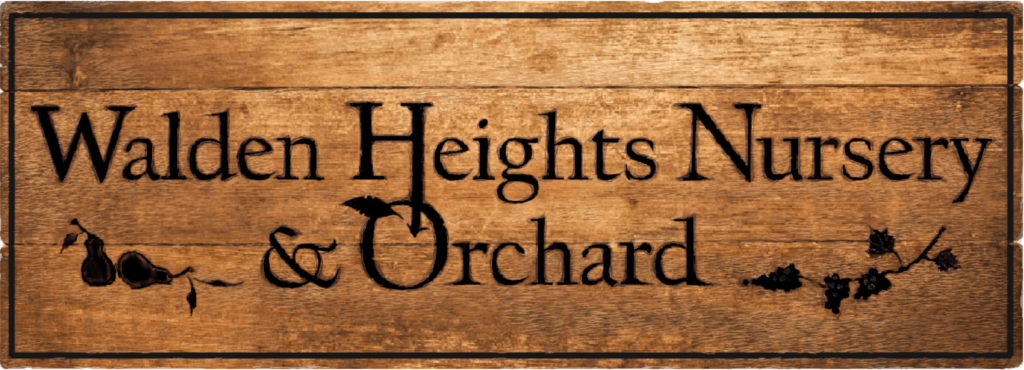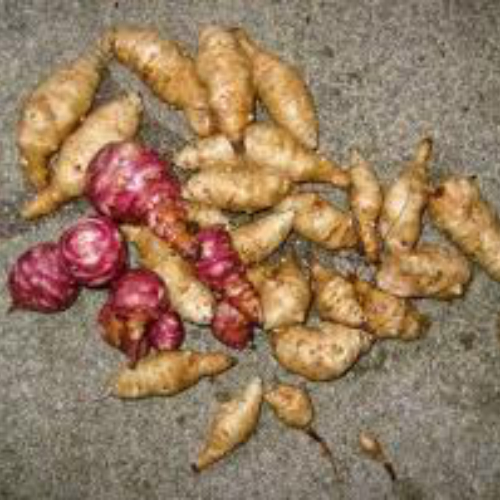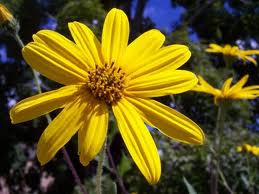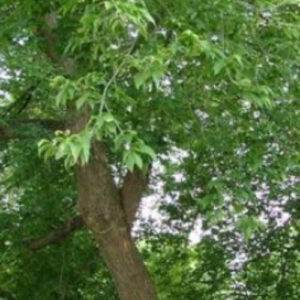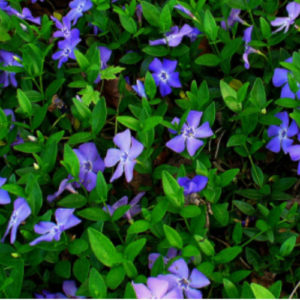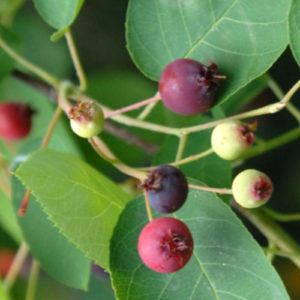Jerusalem Artichoke
$25.00
- Available as a tuber (mail order or spring) and as potted plants at the nursery
- Mail orders include 2-5 tubers
- See plant details below
87 in stock
Description
Large flower resembling a sunflower, with an edible tuber.
Helianthus tuberosus. Native to central areas of North America. Introduced to Europe in the 1600s. Neither an artichoke, nor from Jerusalem, the common name despite many theories, is still a mystery with regard to its origin. Perrenial plant with tuber producing rhizomes.
Harvest : The edible portion of the plant are the fleshy tubers, which can be harvested any time they can be dug. The purplish tint makes them easy to spot in the soil. They will keep better if kept as close to the state they were in the ground, for instance in soil or sand in a pot in a cool place. In refrigeration they will keep a bit, but not to any extended length. They are often baked, but are a great alternative to water chestnuts in stir fry. The tubers are brushed to clean, as they are difficult to peel. Although some folks are sensitive to them in terms of digestion, they are perfectly healthy and delicious. Also used as a feed for livestock(whole plant), fructose production and in making alcohol. Storage conditions are 33-34 degrees F and high humidity. 3 to 6 pounds of tubers per plant is likely with good practice.
Growing : Not particular about soil conditions but yields are often poor on heavy clay soils. More alkaline soils may improve quality. Soil moisture levels below 30% field capacity may produce stress. Plants are extremely vigorous, so the general advice is to give them wide berth so that will not become invasive, as in a garden setting. It will, in the proper setting produce a patch which will produce food for a very long period, as each piece of tuber left behind will grow into a new plant each season and produce many times its weight in new tubers. The aerial portion of the plant will often grow taller than 8 field, ending in a yellow flower reminiscent of the common sunflower provided the season is long enough. Climates in zone 3 or colder can produce tubers and plants well, but may not produce blooms in some years due to short season.
